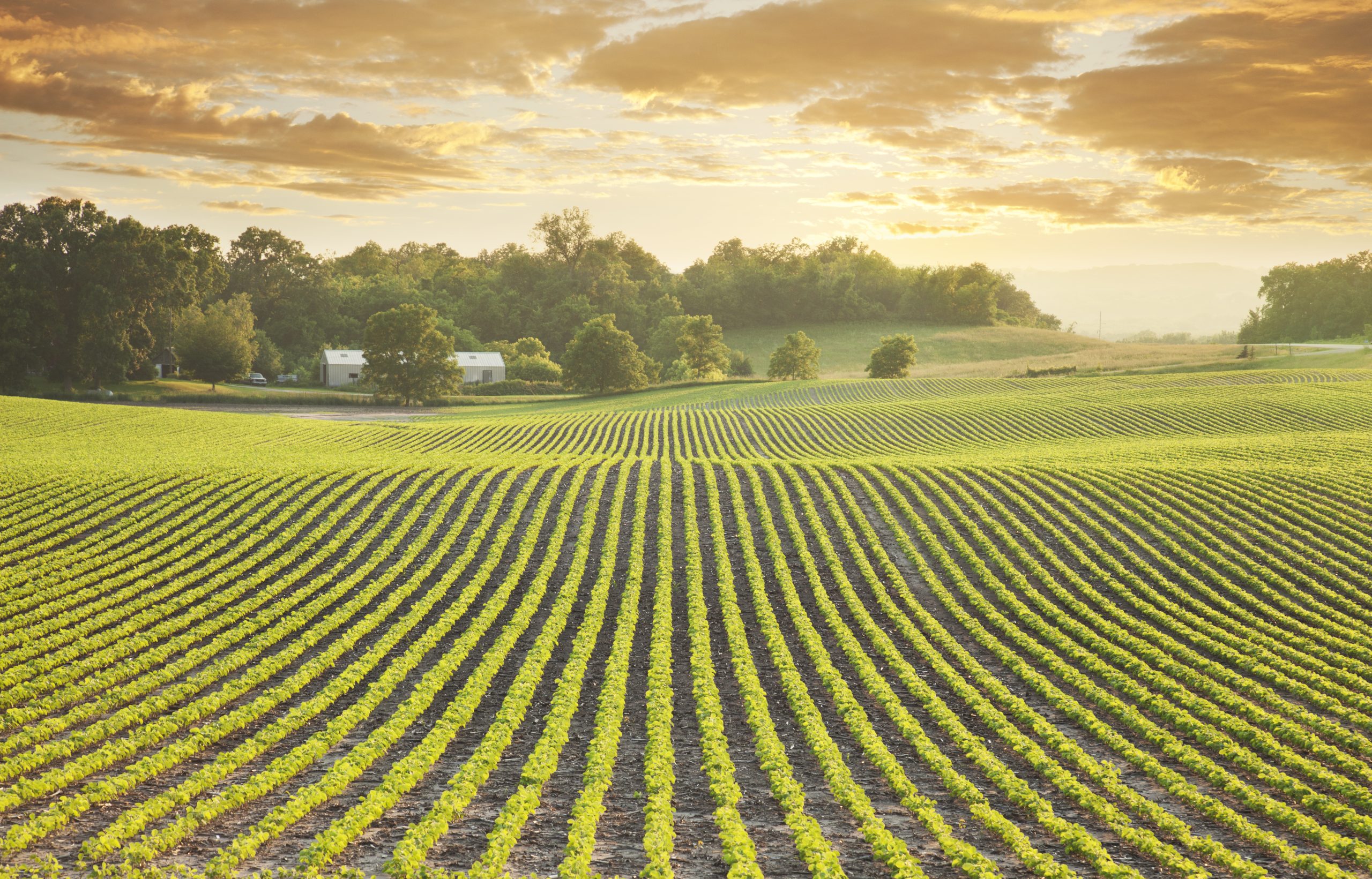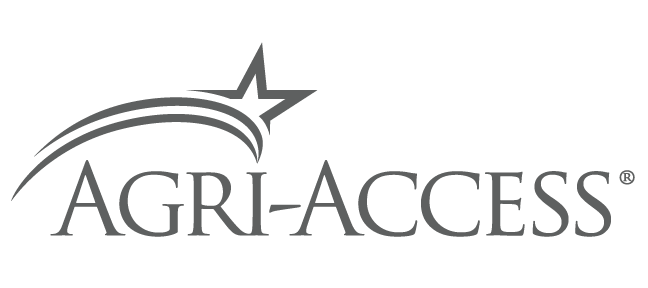Tailored Agricultural Lending Expertise in Every Region

In the U.S., there’s no such thing as a typical farming operation. What is typical is variety. With almond groves, wineries, cattle grazing ranches, fields of corn, soybeans, wheat, tobacco and cotton, along with citrus farms, this variation creates a rich tapestry.
Each of these operations faces a unique set of challenges related to the cycles of climate, growth and finances. For that reason, ag lending calls for a tailored approach. A successful lending partner is dedicated to understanding the distinct demands of these ag practices.
With that in mind, each of our relationship managers at Agri-Access is dedicated to one of eight agricultural regions in the U.S.
This focus allows us to better support our lending partners. So they in turn can provide ag producers financial tools that cultivate success through participation lending.
In the following, we’ll spotlight these eight ag regions and how Agri-Access meets their challenges.
West-Southwest
States served: California and Arizona
Primary products: Without California, the outer perimeter of our grocery stores, where fresh foods are often found, would have scant offerings. The Golden State is the No. 1 dairy producer in the U.S., valued at $10.4 billion. Other notable agricultural products and commodities are grapes, beef, almonds, lettuce, strawberries, pistachios, tomatoes and carrots.
Opportunities to advocate for agriculture: Water access is a primary concern. Farmers are faced with opposition to expand the state’s water storage infrastructure to boost supplies to accommodate drought cycles. They need advocates willing to work for solutions.
Connect with relationship manager Chad Brown.
Mountain West
States served: Oregon, Washington, Idaho, Montana, Wyoming, Colorado, Utah and Nevada
Primary products: This land is world-famous for its soul-stirring scenery. But from it also comes a surprisingly high volume and array of crops and commodities. Pacific Northwest provides a pipeline of apples, berries, Christmas trees and hazelnuts. Idaho is a top producer of barley and potatoes, while the sprawling ranches of Wyoming, Montana, Utah and Colorado produce beef cattle.
Opportunities to advocate for agriculture: Multiple entities, including the USDA, identify shifting climate patterns as a top challenge to Pacific Northwest agricultural systems. Changes to the timing, amount and form of precipitation will impact the availability of water for irrigation. Meanwhile, in the Mountain West, access to stable water sources remains a perennial issue for producers.
Connect with relationship manager Chad Brown.
Sunbelt Region
States served: New Mexico, Texas, Oklahoma, Arkansas, Mississippi, Louisiana, Tennessee, Kentucky, Virginia, West Virginia
Primary products: Texas and Oklahoma are top producers of cattle and calves. Farmers cultivate the rich soils of the Mississippi Delta for crops of cotton, soybeans, rice, corn, small grains and vegetables. Kentucky and Tennessee are famed for their finished agricultural products, primarily bourbon and whiskey. Tobacco remains Virginia’s no. 1 cash crop.
Opportunities to advocate for agriculture: Challenging climate conditions emerge as a common theme for the Sun Belt. Punishing heat and drought forced the culling of 13% of the herd in 2022.
Connect with relationship manager Tim McTigue.
Southeast Region
States served: Alabama, Georgia, Florida, North Carolina, South Carolina
Primary products: Cotton, tobacco and citrus fruits are the epitome of southeastern agriculture. Thanks to its fertile soils and a favorable climate, the region is also productive with wheat, peanuts, fruits, nuts, cane sugar and sweet potatoes, in addition to corn and soybeans. Timber is another significant commodity.
Opportunities to advocate for agriculture: Rapid urbanization can present challenges to these farmers, with the influx of new residents in pursuit of lower taxes, job opportunities and the warmer climate.
Connect with Relationship Manager Colin Clyne.
South Central Plains and Midwest Region
States served: Nebraska, Kansas, Missouri, Eastern Iowa, Illinois
Primary products: Field crops dominate in this south-central region, producing corn, soybeans, wheat and sorghum. These states are also top producers of cattle and poultry.
Opportunities to advocate for agriculture: Drought has presented major challenges for producers. Still, the legacy of the Central Plains serving as the bread-basket of American ag still stands, which is a source of pride.
Connect with Relationship Manager Pat Hawkins.
Upper Midwest Region
States served: Minnesota, North Dakota, South Dakota and Western Iowa
Primary products: Corn, soybeans, wheat, pork and turkeys are key to the Upper Midwest. The region also features a concentration of sugar beet and potato production in the Red River Valley.
Opportunities to advocate for agriculture: Compared to other midwestern territories, this area is more subject to drought conditions, making water access an important issue.
Connect with relationship manager Tracy Nelson.
Midwest Region
States served: Ohio, Indiana, Wisconsin, Michigan
Primary products: The Midwest’s main cash crops are corn and soybeans. But its productivity and diversity cannot be overstated. Wisconsin is a top producer of cheese, cranberries, snap peas and ginseng. Michigan is known as the fruit basket of the Midwest for its cherry, apple, peach and berry crops. Along the river valleys of southern Ohio are cultivated crops of tobacco.
Opportunities to advocate for agriculture: Similar to the Northeast, lenders can play a role in helping producers tap into the ag network and identify new markets and products to expand their operations.
Connect with Relationship Manager Scott Jarck.
Northeast Region
States served: Maine, Vermont, New Hampshire, Pennsylvania, New York, New Jersey, Rhode Island, Delaware, Connecticut, Massachusetts and Maryland
Primary products: Though the farms are smaller in scale compared to other regions, the range of products is quite extensive. These include row crops, dairy, fruit, vegetables, nursery products, maple syrup, and forest products. Also included are lobsters and other products from the various commercial fishing and aquaculture ventures.
Opportunities to advocate for agriculture: Producers have a unique opportunity to connect directly with urban customers, who seek authentic ag experiences and prioritize fresh food from local sources. Also, expanding urbanization can leave producers feeling disconnected. Ag lenders can bridge the gap by helping these producers network with peers.
Connect with Relationship Manager Matthew Senter.
